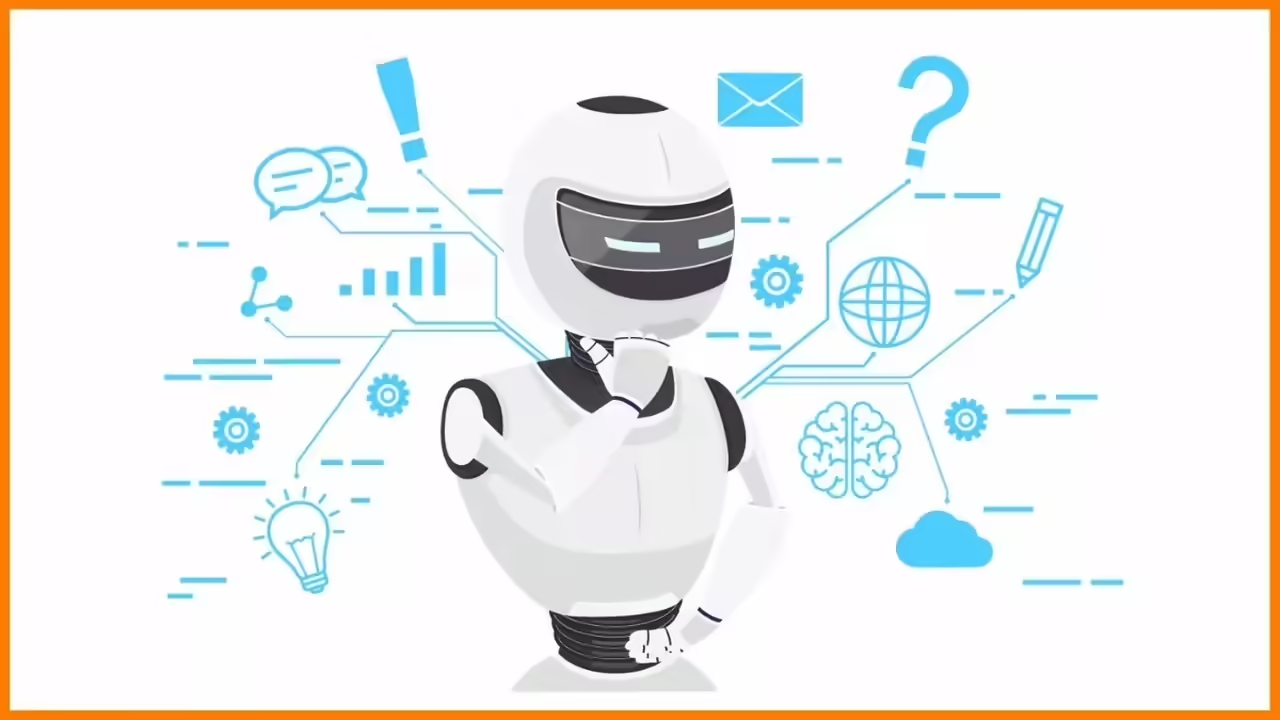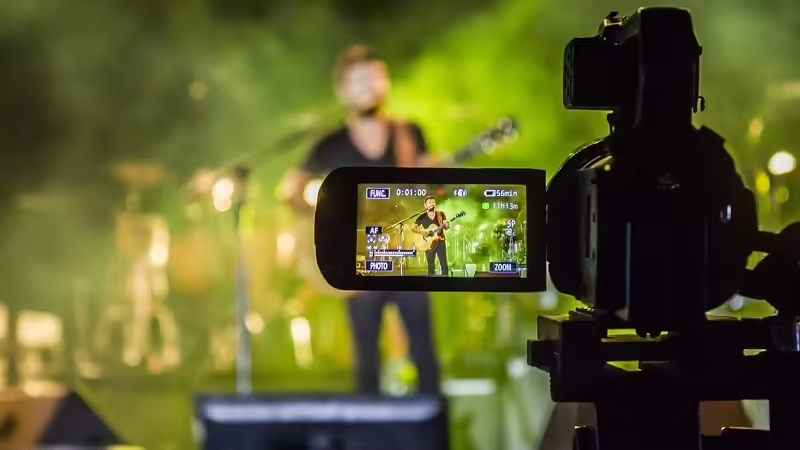
Artificial intelligence (AI) has been one of the most disruptive technologies of recent times, and its influence extends to many aspects of our lives. One of the areas where AI is having a significant impact is in digital advertising and marketing. Increasingly, AI is being used to create personalized and effective ads on social networks.
Social networks have become a powerful and ubiquitous means of communication in today’s society. Millions of people use platforms such as Facebook, Instagram, Twitter and LinkedIn every day, which has led to these platforms becoming a battleground for advertisers looking to reach their target audience. However, in such a content-saturated environment, standing out and capturing the attention of users has become increasingly difficult.
This is where AI can make a difference. Thanks to advances in machine learning algorithms and pattern recognition, AI systems can analyze large amounts of data, such as user profiles, preferences, browsing history and social media behavior. This information enables AI algorithms to generate highly personalized and relevant ads for each individual.
AI-created ads can be tailored to each user’s specific interests and needs. For example, if someone has been searching for flights to a particular destination, the AI is likely to generate ads for airlines offering discounts on flights to that destination. If a person has been shopping for sportswear online, the AI is likely to display ads for sportswear brands with exclusive discounts.
Aside from personalization, AI can also help optimize ads in real time. AI algorithms can constantly analyze and evaluate ad performance, such as click-through rate, conversions and ROI. Using this data, AI can automatically adjust ads to maximize their effectiveness and ensure they are shown to the people most likely to interact with them.
AI ad creation not only benefits advertisers, but also social media users. By receiving more relevant and personalized ads, users can discover products and services that truly interest them. Instead of being bombarded with generic ads, AI enables a more focused advertising experience tailored to each user’s individual preferences.
However, as AI takes on a larger role in ad creation, it also raises certain concerns. Data privacy becomes an important issue, as AI needs to access and analyze large amounts of personal information to generate personalized ads. It is critical that advertisers and social media platforms are transparent about how user data is used and that measures are taken to protect user privacy.
Real-time optimization
In the world of marketing and advertising, reaching the right audience at the right time is critical to the success of a campaign. With the advancement of Artificial Intelligence (AI), a new form of real-time optimization has emerged, where AI automatically analyzes and adjusts ads to maximize their effectiveness and ensure they are shown to the right people at the right time. This capability is revolutionizing the way ad campaigns are run and offers new opportunities to achieve exceptional results.
Real-time optimization is based on the use of AI algorithms that continuously learn and adapt as real-time data is collected. These algorithms analyze a variety of factors, such as geographic location, user behavior, interests and preferences, and use this information to make automated decisions about how and when ads should be displayed. The primary goal is to maximize the impact and effectiveness of ads by targeting the most relevant audiences.
One of the most common forms of real-time optimization is programmatic advertising. This technique uses AI to buy and sell ad space in an automated, real-time manner. Algorithms analyze data from multiple sources, such as browsing cookies, demographics and behavioral patterns, to identify relevant advertising opportunities for each user. This enables the display of personalized ads tailored to each person’s individual preferences.
Real-time optimization also benefits from machine learning and data mining. As algorithms analyze data in real time, they can identify patterns and trends that would be difficult to detect by traditional methods. These patterns are used to continuously adjust and improve advertising strategies, optimizing budgets and maximizing ROI.
The key advantage of real-time optimization is its ability to adapt quickly to changes in the environment and user behavior. For example, if a change in the preferences of a specific audience is detected, the algorithms can immediately adjust the advertising strategy to stay relevant. This ensures that ads are shown to the right people at the right time, increasing the likelihood of a positive user response.
LinkedIn joins Google and Meta ranks with AI-powered generative tools for advertisers
In an exciting development in the advertising and marketing space, LinkedIn has decided to join the trend of using artificial intelligence (AI)-powered generative tools to help advertisers optimize their campaigns. Following in the footsteps of Google and Meta (formerly Facebook), LinkedIn recognizes the value and potential of AI to improve ad effectiveness and deliver more impactful results.
LinkedIn’s decision to incorporate AI-powered generative tools into its platform demonstrates a deep understanding of the changing needs of advertisers and the importance of leveraging the latest technology. These tools will enable advertisers to automate and optimize their ad campaigns more efficiently, while providing greater personalization and relevance to LinkedIn users.
One of the key advantages of these generative tools is their ability to create high-quality ads in an automated manner. Using AI algorithms, these tools can analyze data and relevant content to generate engaging and persuasive ads. This saves advertisers time and resources, allowing them to focus on more strategic and creative strategies.
AI-powered generative tools also have the ability to optimize ads based on advertisers’ goals and metrics. AI can analyze real-time data, such as ad performance and user response, and make automatic adjustments to maximize campaign effectiveness. This includes precise audience targeting, message tailoring and budget optimization to achieve the best possible results.
By joining Google and Meta in adopting AI-powered generative tools, LinkedIn is showing its commitment to providing advertisers with the most advanced and effective tools to achieve their business goals. AI is proving to be a key component in the evolution of digital marketing, enabling more precise personalization and optimization, as well as more relevant and timely ad delivery.
It should be mentioned that the use of AI-driven generative tools also raises ethical and privacy challenges. It is essential that LinkedIn and other platforms ensure compliance with data protection regulations and policies to ensure user privacy and security.
Changes in the advertising industry: Transformation driven by AI ad creation
AI ad creation is driven by sophisticated algorithms that can generate high-quality ad content in a matter of seconds. These algorithms are able to analyze large volumes of data, such as images, text and videos, and extract relevant patterns and trends for effective ad creation. Likewise, AI can continuously learn and adapt as it is provided with feedback and updated data, thus improving its ability to generate more impactful ads.
One of the key advantages of AI ad creation is the efficiency and speed with which ad content can be produced. Instead of relying solely on human designers and copywriters, AI allows multiple ad variants to be generated in a short amount of time, speeding up the creative development and optimization process. This gives advertisers greater flexibility and agility to test different approaches and messages, and adjust their strategies in real time.
In order to take full advantage of this emerging technology, advertisers and marketers must adapt to these changes in the industry. Here are some key considerations:
Understand the potential of AI: Advertisers must educate themselves on the capabilities and limitations of AI in ad creation. This will allow them to take full advantage of this technology and make informed decisions about how to integrate it into their advertising strategies.
Combine human creativity with AI: While AI can generate automated ads, human creativity is still invaluable. Marketers must find ways to collaborate with AI, leveraging its ability to generate ideas and options, and then add the human touch to refine and personalize ad content.
Experiment and optimize: The iterative nature of AI allows advertisers to continually test and adjust advertising strategies. It is essential to experiment with different approaches, measure results and optimize campaigns based on the data and performance obtained.
Staying current: AI technology is constantly evolving, so it is crucial for marketers to stay up-to-date on the latest trends and developments in the field. This will allow them to take advantage of new functionalities and tools that can further enhance the effectiveness of their advertising campaigns.
Consider ethical and privacy issues: As AI becomes more prominent in ad creation, it is important to consider ethical and privacy issues. Marketers must ensure that they are using data responsibly, respecting users’ privacy and complying with current regulations and policies.
Future outlook: Exciting developments in AI-powered ad creation
AI-driven ad creation has proven to be a significant advancement in the advertising industry. However, the potential of this technology is not yet exhausted and exciting developments and breakthroughs are expected in the near future. Here are some highlighted prospects:
Natural language processing (NLP): NLP is a branch of AI that focuses on understanding and generating natural text. Its integration into ad creation would allow algorithms to understand and use human language in a more sophisticated way. This could lead to more accurate and persuasive copywriting, as well as better tailoring of the advertising message to the user’s context and preferences.
Computer vision: Computer vision is another area where significant progress is expected in ad creation. The ability of AI to analyze and understand images and videos would enable deeper personalization of ads based on visual content. This would open up new opportunities to generate highly relevant and engaging ads tailored to users’ specific preferences and needs.
Enhanced machine learning: Enhanced machine learning is a technique that allows algorithms to learn through interaction with their environment and receive rewards or feedback based on their performance. In ad creation, this could lead to even more accurate and autonomous optimization of advertising strategies. Algorithms could continuously learn and adapt as they interact with users and receive real-time performance data, thus improving the effectiveness of campaigns.
Hypercontextualized personalization: AI has the potential to offer more hypercontextualized personalization in ad creation. By combining demographic data, user behavior, preferences and real-time contextual information, algorithms can generate ads that are highly tailored to each individual’s specific situation and needs. This could increase the relevance and impact of ads, generating a greater connection with users.
Interaction and immersive experiences: AI can also drive advances in interaction and immersive experiences in ad creation. For example, through the use of AI-powered chatbots, advertisers can provide users with a more interactive and personalized experience, allowing them to get answers to their questions and explore products or services more dynamically.







